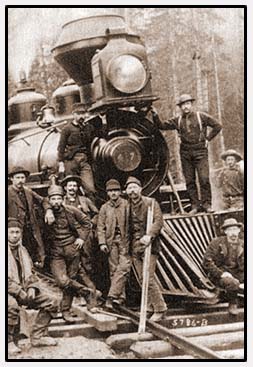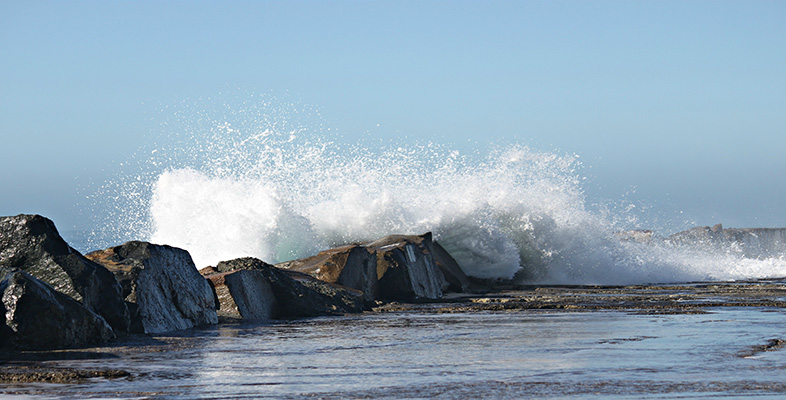3 Thinking geographically
3.1 Using and developing a popular topic: migration
‘Oh, what joy to see you again.’
Just one line from a folk song on a very familiar theme, to be found in traditional Irish music, can help us imagine the magnitude of the decision to migrate, especially if forced by hunger, oppression or fear. The line is written by a father to a son. They both know they will not see each other again.
Like many topics in geography, teaching migration well is challenging – because the human dimension is often multi-faceted and holds more subtlety than immediately meets the eye.
It is now appreciated that since the moves were made to ‘harden up’ the subject in the second half of the twentieth century, by importing approaches from the physical sciences, a number of educational deficiencies have resulted. It is, for example, unhelpful to overemphasise the idea that human behaviour is predictable and subject to immutable and universal ‘laws’.
It is now commonplace to ‘reduce’ migration to an essentially mechanical process of ‘push’ and ‘pull’ factors. The topic becomes disconnected from experience.
In the text that follows, we explore an approach to using a song as a resource for thinking geographically (not merely mechanically) about migration.
There are many ways in which music can be used in geography classrooms. For instance, some teachers use appropriate music in the background, almost like an ‘audio wall poster’, when teaching Brazil, or Bangladesh. Now try Activity 3.
Activity 3
Here, we are going to use two verses from a song, 'Kilkelly' by Mick Moloney, Jimmy Keane and Robbie O'Connell, as the prime source of data.
Transcript: Audio 4
Listening to a song lyric is not easy and may not have an authentic feel as a classroom experience. Therefore, it helps to have visual resources too. Take a look at the image below of building the US Railroad.

Also, click here to go onto the internet search engine Google, select ‘Images’ and type in the search box, one at a time, ‘Ellis Island’ and ‘Irish famine’ and see what comes up. It helps to have the whole lyric of the song in print form (click on 'view transcript' above). But it is essential to have the students ‘do something’ to focus their attention.
This is what to do:
-
Give each student a large piece of plain white paper.
-
Ask them to draw, very roughly, North America, Atlantic Ocean and the British Isles. They may need guidance to ensure that they use the whole sheet.
-
Mark Kilkelly, a small town in Southern Ireland.
-
After this preparatory work is complete, students are told that they are not allowed to do any more labelling or annotation using words. They are to use the map to record events referred to in the song they are about to hear, but are to do this using symbols, not words.
-
Some students will have done better than others. Play the song again – this time you can use the lyric sheet if you want.
-
Collect the lyric sheets in – this forces the students to use their maps as their sole source of 'data'.
-
Students can spend a little time in pairs, checking the story.
-
Finally a class discussion can be held, guided by questions such as:
Who emigrated from Ireland?
Who stayed?
Analyse this differentiation.
For what reasons did the brothers emigrate?
How did migration benefit BOTH the place of origin and the place of destination of
the migrant?
Who returned?
Why?
There is a need to open out the discussion. For homework it would be fun – and very interesting – to ask students to ‘map’ their own family migration pattern – or a fictitious family in a TV soap or book.
Now evaluate this lesson. In what ways was it successful? In what ways could you improve it?
In a way, it is difficult not to think geographically about migration, for it is, by definition, a spatial process (or, more precisely, a spatial outcome of social, cultural and economic processes). The impact shows a certain ‘friction of distance’ – more brothers went to England and at least one was able to return, compared with John, who alone went to America, unlikely to return.
But even more significant than this, we see that places are distinctive, but have porous boundaries. Places are interconnected. To this day, there are few places in the world that are not touched by an Irish diaspora. It is fascinating that distant Irish pubs are in some ways more Irish than pubs in Dublin! This observation is a good way to explore what we mean by identity. Using the song, we can perhaps accept that most people who move (that is, most people these days) have multiple identities – at least, more so than the father who remained in his Kilkelly home.
Could you now define what it means to 'think geographically' about migration?
